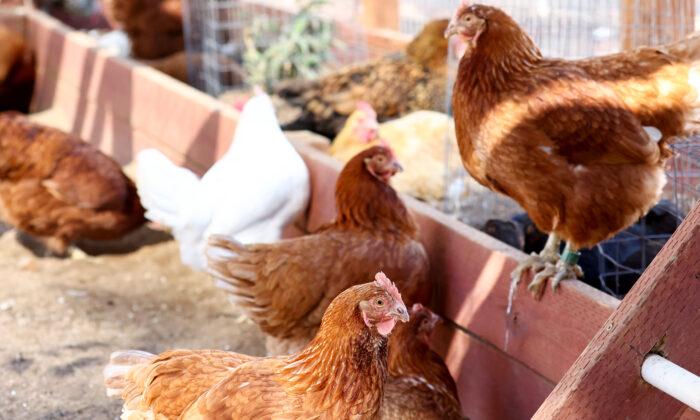The Eurasian strain of the highly pathogenic avian influenza (HPAI H5N1) has been detected in two mountain lions in California in recent months, wildlife health experts confirmed this week.
The remains of the mountain lions, a mother and daughter, were collected in Mono County on Dec. 23, 2022, and Jan. 14, 2023, and samples were submitted to the California Animal Health and Food Safety Laboratory in Davis for preliminary testing, officials said.
Last week, the U.S. Department of Agriculture’s National Veterinary Services Laboratories confirmed the detection of HPAI H5N1 after finding inflammation in the brains of the animals and lesions in the lungs causing pulmonary edema, both of which were associated with the virus.
Bird Flu Cases Across the Globe
The latest findings make the mountain lions the second wild mammal species known to have contracted avian influenza in California since the virus was reported in wild birds in July 2022.To date, various strains of the virus have been found in 47 states, according to the CDC, and have affected more than 58 million farmed birds.
Risk to Humans Remains Low
Despite the cases discovered worldwide, the CDC considers the transmission risk of avian influenza to people to be low but recommends taking basic protective measures, such as avoiding direct contact with wild birds or touching surfaces that may be contaminated with saliva, mucous, or feces from wild or domestic birds.The health agency also recommends people who work with birds wear protective equipment like gloves or an N95 respirator.
“The Eurasian lineage of avian influenza is primarily a disease impacting birds but is occasionally being detected in wild mammals. We don’t expect this to have a population-level impact for California’s mountain lions or other mammalian carnivores, but it is a disease we will continue to monitor,” said Dr. Jaime Rudd, a pesticide and disease investigations specialist in CDFW’s Wildlife Health Lab.
Rudd noted that detections of the virus in mountain lions have occurred in five other states and had also been detected in a small number of marine mammals.
“The main route of disease transmission for carnivores seems to be through ingestion of infected birds—typically waterfowl such as geese. Biologists following the movements of these mountain lions noted that they had preyed upon wild Canada geese in the past,” Rudd said.





